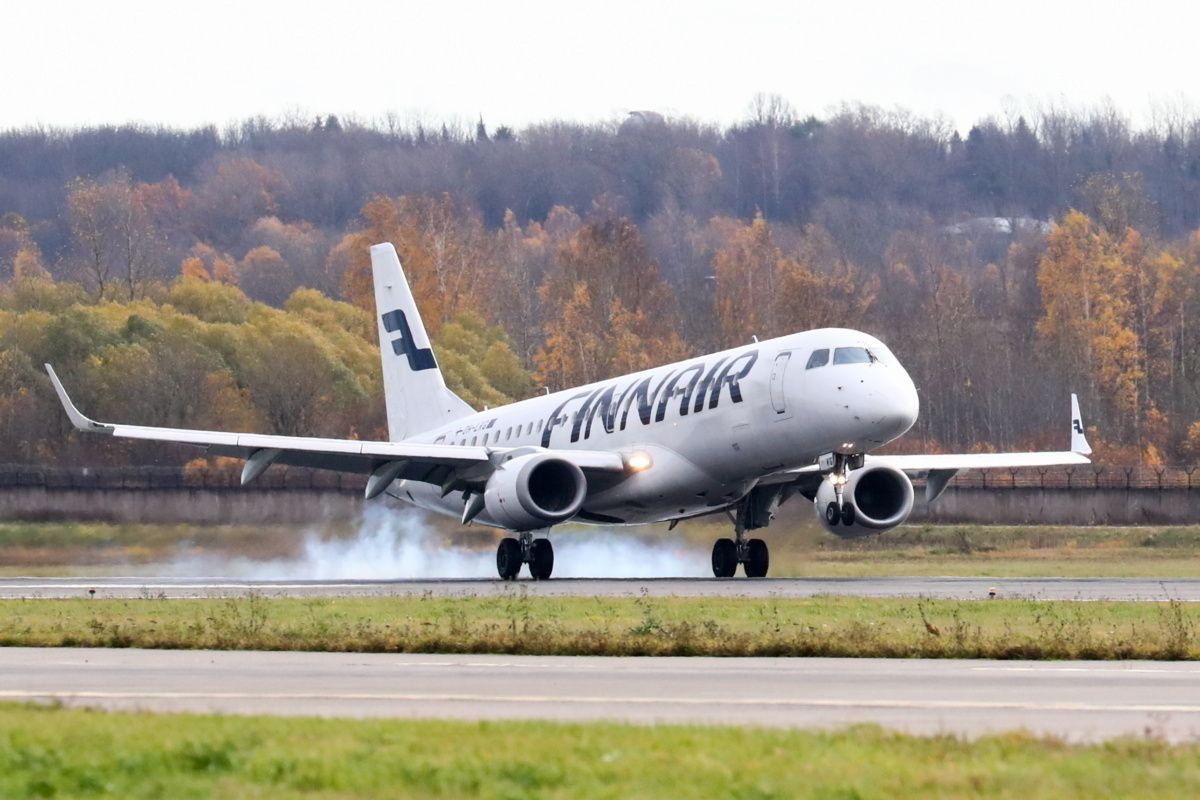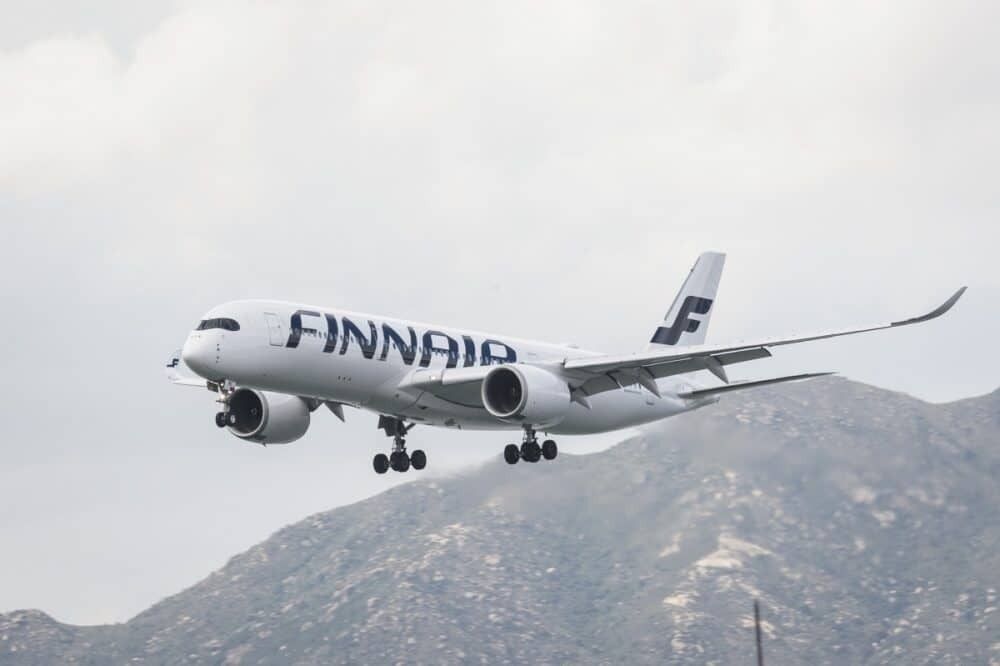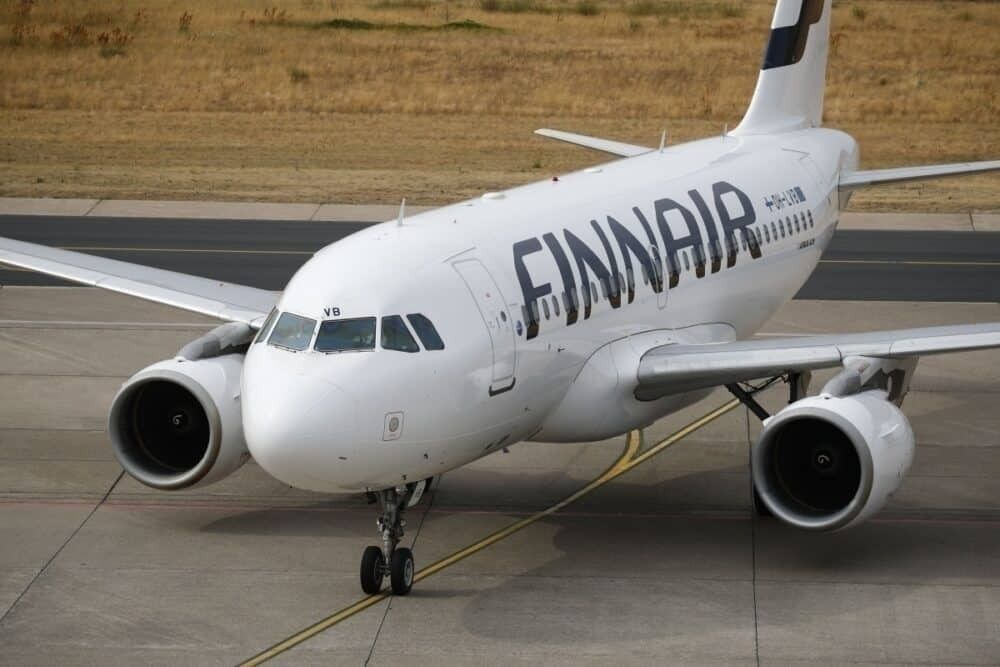Finnair has been forced to rethink its flight resumption plan for September. The reductions come as barriers for travel are slowly being resurrected with the evolving COVID-19 situation.
Overall, the recovery of European aviation is currently surprisingly rosy, with airlines such as easyJet suggesting that demand returned quicker than they had anticipated. However, the biggest threat to the industry's recovery is a second wave of the virus. It seems as though Finnair is now starting to feel the early signals of this, as demand has recently dropped due to new travel restrictions.
A reduced schedule
Today, Finnair announced that it would be cutting its planned September schedule. The reason for the change is tied to the demand for air travel. Finnair commented that it has seen lower than expected demand for the coming months. This is something that has been attributed to new travel restrictions being implemented by many countries.
Stay informed: Sign up for our daily aviation news digest.
Thankfully, most travelers should still be able to get to their planned destinations. The airline has said that, except for Nice and Turku, no destinations served in August would be dropped in September. Instead, the Finnish flag carrier is cutting frequencies on these remaining routes.
However, it's not all bad news as far as the airline's schedule goes. Indeed, in September, the airline will be upping its plan on some domestic routes. This will see an increase in flights to Lapland.
Commenting on the news, Mikko Turtiainen, the Finnair Vice President of Market Management said,
“The corona situation has changed in many countries in recent weeks, which is why several countries have imposed new travel restrictions. There are still no connecting passengers from Asia and the United States to support European flights because of severe travel restrictions in these regions... In September, we will operate about 30% of the flights we had in September 2019.”
A delicate balancing act
For any airline recovering from the impact of COVID-19, resuming services is a delicate balancing act. The airline is keen to meet rising demand. After all, if passengers want to fly, why not operate the flight to make money rather than leaving an aircraft on the ground.
However, the opposite could occur should capacity be readded too quickly. If capacity far exceeds demand, then aircraft will be flying mostly empty. This means that money will be spent on operating the flight. For example, the costs of fuel, crew, and airport usage will increase.
However, with few to no paying passengers onboard the aircraft, this could prove more costly than not operating the plane in the first place. This delicate balancing act is something that Lufthansa is very aware of as it looks to react to the COVID-19 pandemic.
Have you flown with Finnair since the airline began its COVID-19 recovery? Let us know your thoughts in the comments!



